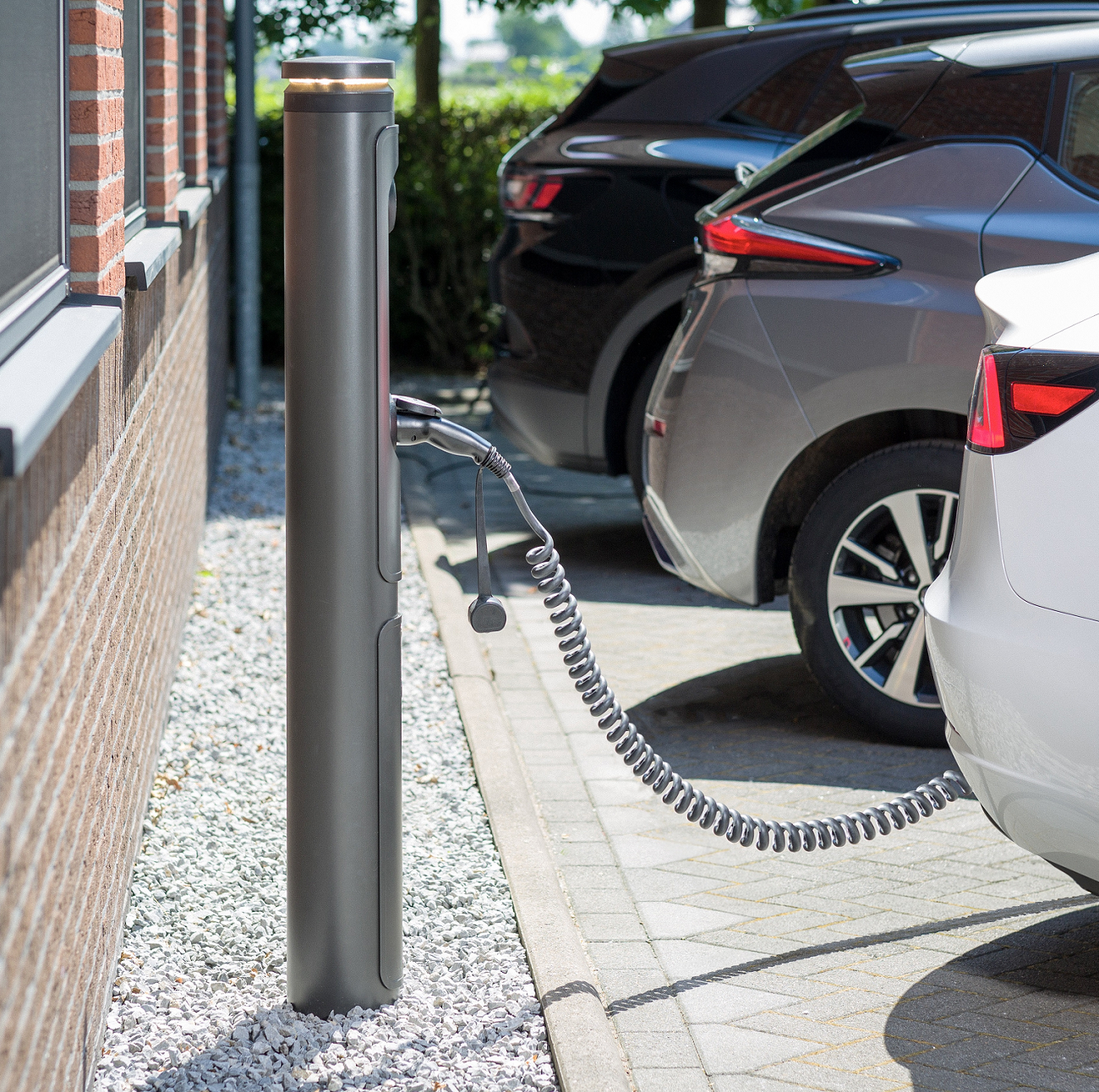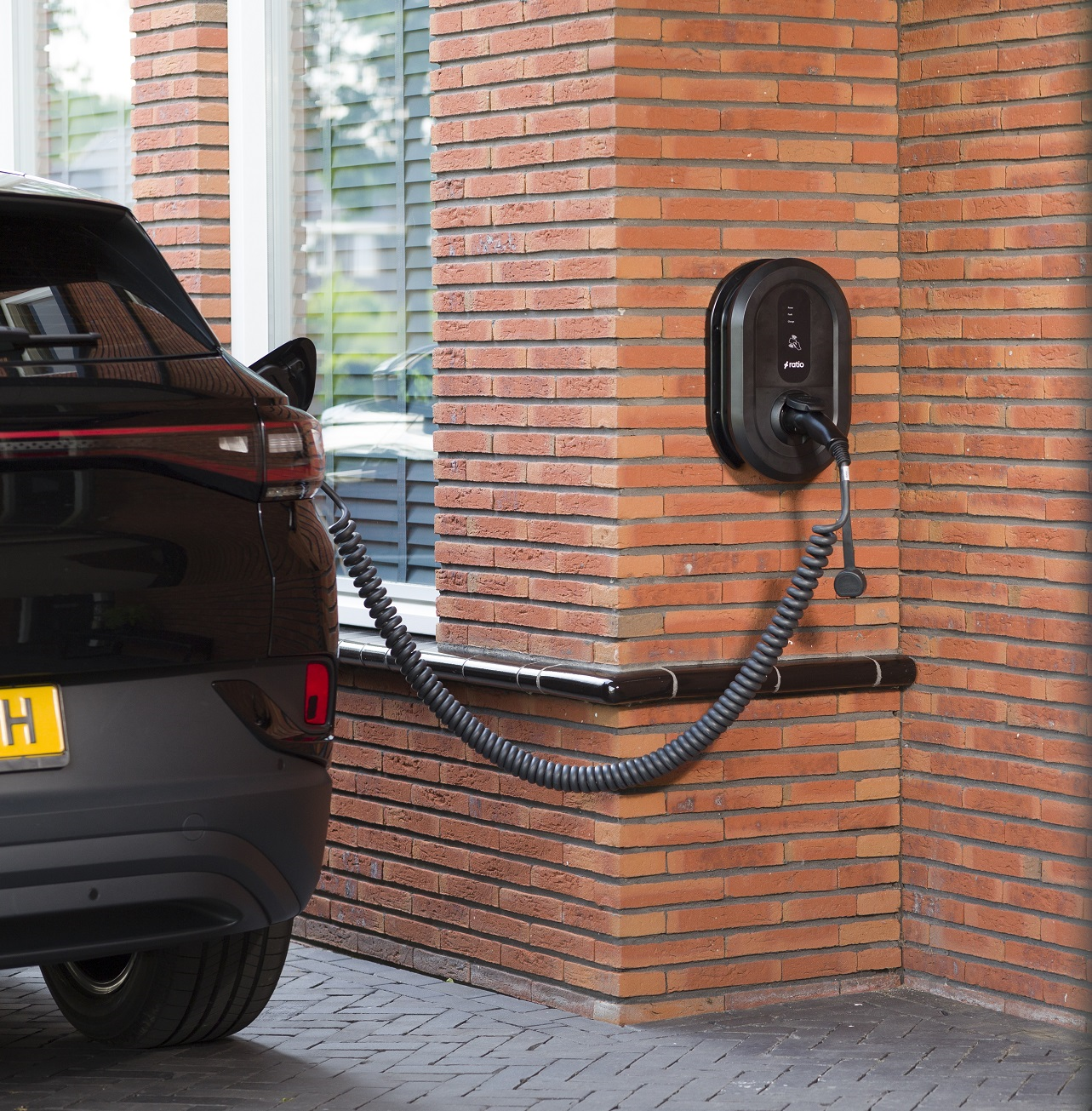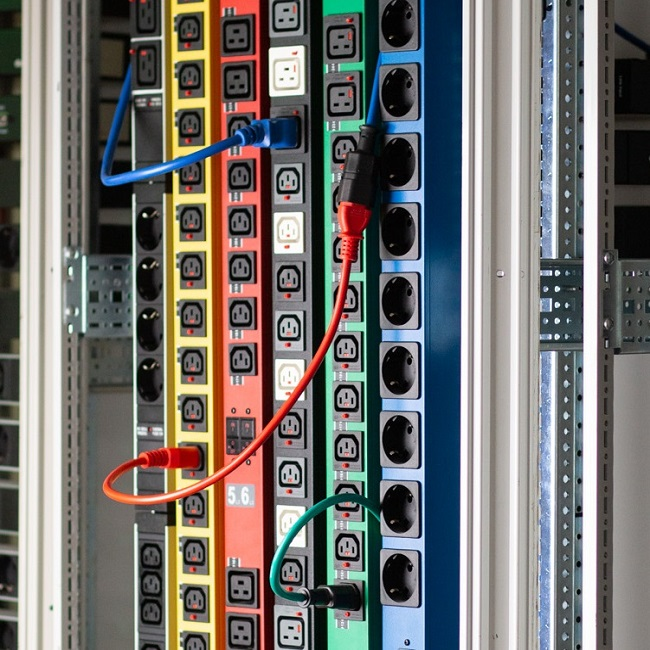EV Charger with or without fixed cable?
When purchasing an EV Charger, you are faced with the choice: do you take a charging station with or without a fixed charging cable? Both options have their benefits and their drawbacks. In this blog, we will explain them in more detail. That will help you decide which option is most convenient for you!

EV Charger with fixed cable advantages
A fixed-cable EV charger has a number of advantages. One of the biggest advantages of a charging station with fixed cable is the convenience before and after charging. Because the cable is permanently attached to your EV charger on one side, the plug only needs to be plugged in to your car. After charging, the cable does not need to be tidied up either. It is easily hung back on the charging station and does not need to be stored in the car. This saves time and inconvenience when it rains, for example. Suppose it has rained and the cable is dirty and wet, you also don't have to clean up the cable in your car which would then get dirty.
EV Charger with fixed cable disadvantages
Besides advantages, the fixed cable also has some disadvantages. The biggest disadvantage of a charging station with fixed cable is that many public, regular charging stations (AC) do not have a fixed cable. So in this case, a separate charging cable will still have to be purchased to charge your car at this location. Normally, every electric car comes with a charging cable as standard. With fast chargers (DC) this is different. Fast chargers always have a fixed cable. So, as long as the car has the right type of connection, you can always use a fast charger. Another disadvantage of a charging station with a fixed cable is that the cable is more likely to suffer from wear because it is often hung outside and thus exposed to different weather conditions. In addition, not all cars can be connected to the type of cable that comes with the charging station. This can pose a problem if you purchase a car with a different type of connection yourself or if visitors with a different type of connection want to charge their car here. Older plug-in hybrid cars in particular sometimes have a different type of connection. Some people also find it optically unattractive on their exterior walls. After all, the charger often hangs at the front of your house and this can look untidy.
EV Charger without fixed cable (with socket) advantages
The other option is to purchase an EV charger without a fixed cable (with socket). The big advantage of this is that you always have flexibility in the length of the charging cable. This offers the possibility of using a short (2 metres) or, on the other hand, a very long cable (10 metres). In addition, a loose cable often has a longer life. This is because, in most cases, it is stored in a dry place and remains better maintained. In addition, a charging post without a fixed cable offers the possibility of plugging in a cable with a different type of connection. This makes it possible for everyone to use the charging station. For many customers, the design/optical of a socket model is crucial; it looks sleeker.
EV Charger without fixed cable (with socket) disadvantages
A charging station with a separate cable has its drawbacks. For instance, both sides of the cable have to be plugged in and out each time a charging station is used. In addition, the cable has to be stored again afterwards (often in the car), taking up space.
Which option suits you best?
Which option suits you best depends entirely on your personal situation and preferences. If you are often away from home and want to be able to charge your car everywhere, a charging station without fixed cable is probably the best choice. If you travel short distances and find it important to be able to easily charge your car at home, a charging station with a fixed cable is more suitable. So it is important to think carefully in advance where your priorities are and which option will best suit them. Do you have a company and want to install a charging station for your employees? Then the socket model is often suitable.




